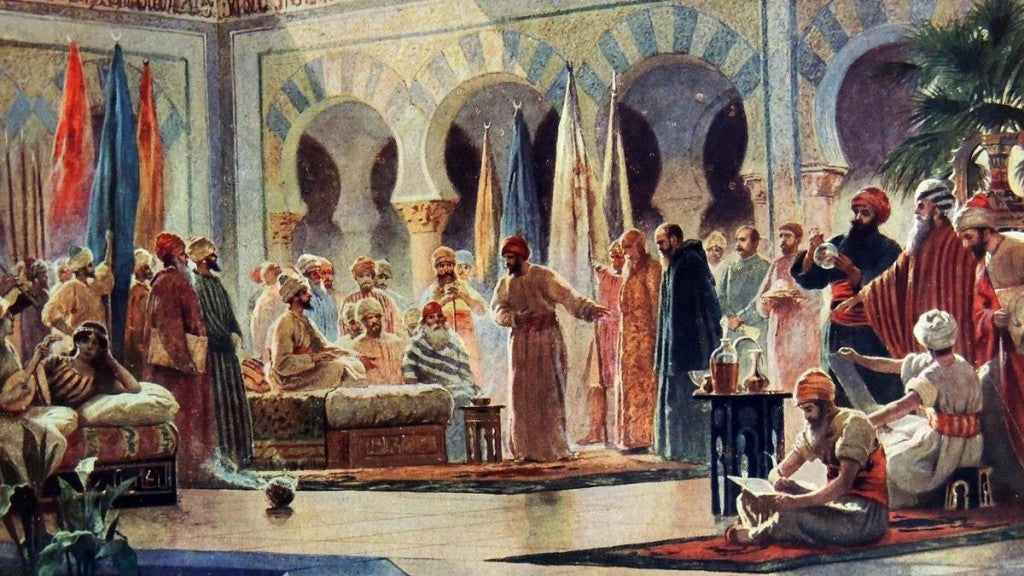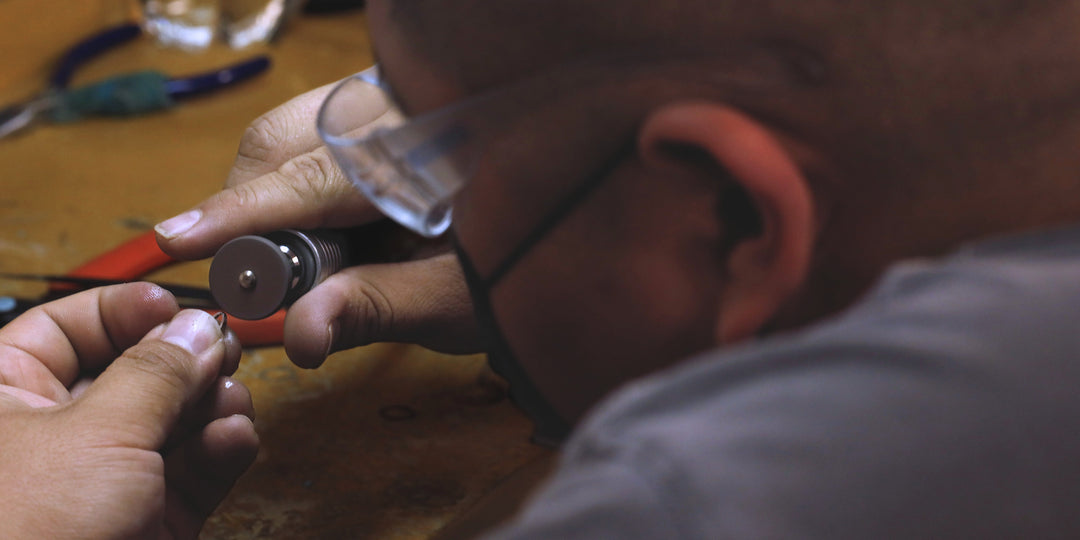Moorish Influence

Exploring the Moorish Influence in the Southwest: Traces of a Rich Cultural Legacy
When traversing the diverse landscapes of New Mexico, the echoes of Spanish influence resonate through the architecture, language, and cuisine. However, what often goes unnoticed is the profound impact of an entirely different culture that shaped Spain itself for eight hundred years—the Moors. The legacy of their rule left an indelible mark on Spanish society, and many of their contributions were carried across the Atlantic to the Southwest, forever shaping its cultural fabric.
In 711 AD, the Moors, Muslim conquerors hailing from North Africa, established their reign over the region known as Iberia, encompassing modern-day Spain and Portugal. With them, they brought a wealth of knowledge in fields such as chemistry, physics, astronomy, and mathematics, which propelled their new homeland into an era of progress and prosperity. At the height of their rule, Cordova, one of their most significant cities, stood as a beacon of advancement in Europe. Its paved streets illuminated by streetlamps at night and numerous public baths exemplified the Moors' commitment to civic development.
Although Moorish rule eventually ended in 1492, coinciding with the dawn of European exploration in the New World, the Spanish retained many aspects of their Moorish heritage. Moorish architectural styles, systems of governance, scientific knowledge, and agricultural practices continued to influence Spanish culture. As the Spaniards embarked on their journeys to the new territories, they carried these influences with them, forever imprinting the Southwest with traces of Moorish culture.
The enduring legacy of the Moors in the Southwest is most evident in the region's distinctive architecture. The Moors introduced the art of building with adobe bricks to the Spanish settlers. The use of central enclosed courtyards, with doors and windows opening onto them rather than directly facing the external world, reflects the defensive architectural practices adapted from their African roots. Tiled fountains and hanging tin lamps, reminiscent of Moorish design, further showcase their influence in the Southwest's architectural tapestry.
The culinary traditions of the Southwest also bear the indelible mark of the Moors. The introduction of cotton, along with a rich array of ingredients such as garlic, lemons, oranges, garbanzo beans, and watermelons, enriched Spanish cuisine. The popularity of the flour tortilla, resembling the Arabic flatbread made of wheat flour prevalent in Africa, can be attributed to the Moors' culinary legacy. Moreover, the Moors imparted their knowledge of sophisticated ditch irrigation systems to the Spaniards, facilitating the cultivation of these new foods. These irrigation techniques, in turn, were transplanted to the Southwest as the Spanish established new towns and villages.
As we contemplate the vast landscapes of the Southwest, it is essential to acknowledge the multifaceted cultural influences that have shaped its identity. The history of this region resembles a vibrant painting crafted by the brushstrokes of many artists, each leaving their unique imprint. The canvas of the Southwest bears witness to the fusion of diverse cultures, where thoughts, knowledge, and innovations intermingle to create a tapestry of rich heritage. Let us appreciate the intricate layers of history that have shaped this remarkable landscape and recognize the profound contributions of the Moors, whose legacy lives on in the hearts and minds of those who call the Southwest home.









